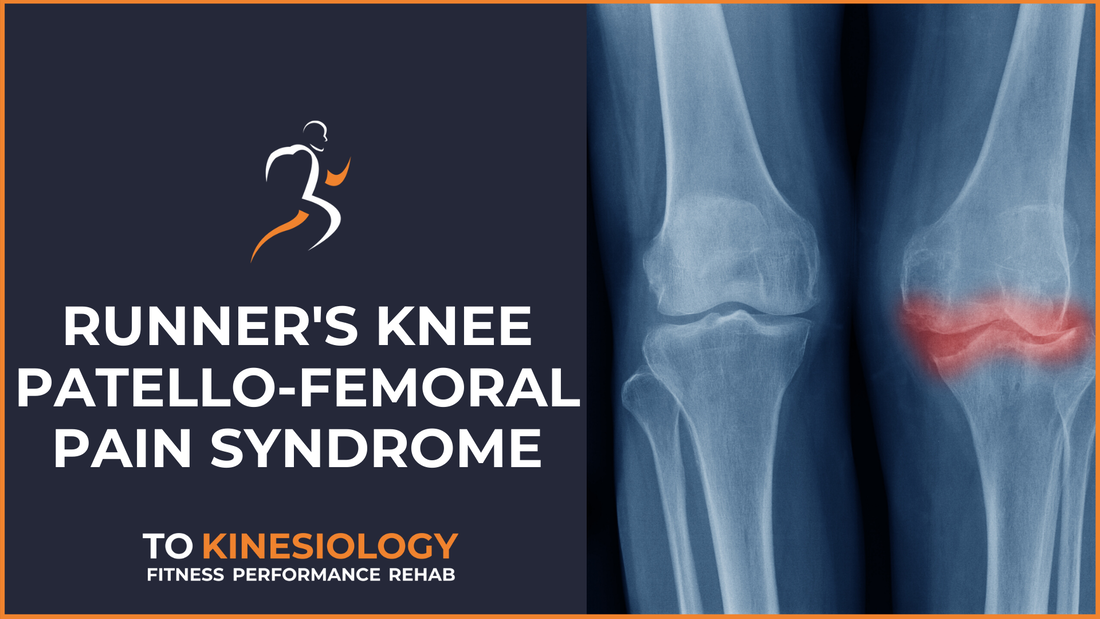|
written by: Nem Do you have pain around your knee cap when squatting or descending stairs? Does it get worse after prolonged sitting? In case you have any of these symptoms, chances are that you might have patellofemoral pain syndrome (PFPS), also called "the runner’s knee". Runner’s knee got its name for an obvious reason – it is highly prevalent among runners. But why is this the case? Running represents a cyclical activity, which means that phases of the running movement repeat over and over again. In case you have even a small movement flaw within any phase of the running cycle, that flaw can become a big issue down the road if you run with enough intensity and duration. Specifically for the runner’s knee, there are certain biomechanical and structural factors that indicate a higher risk for developing this condition which we'll discuss later in this article.
|
- Home
- About
-
Pricing/Services
- FITNESS STUDIO/CLINIC PERSONAL TRAINING
- Mobile & In-home Kinesiology & Personal Training
- Reformer pilates in Toronto
- Physiotherapy
- Online Personal Training and Kinesiology >
- 3D Body Mapping
- InBody Test
- Ultrasound Body Composition Assessment
- Metabolism test - Toronto
- V02 Max and Metabolism testing - Toronto
- Medical Fitness Testing
- Spirometry (lung function)
- Rent gym in Toronto
- Fitness classes
- Corporate wellness and fitness in Toronto
- Client Reviews
- Blog
- Members
- Contact
AboutProfessional personal training by kinesiologists in Toronto specializing in joint/muscle issues and medical conditions. We'll help you reach your health and fitness goals while managing your condition to move, feel and perform at your best. Private studio, in-home/mobile and online coaching options available. Aside from quality and reliable service from trusted health professionals, working with kinesiologists in Ontario means you might be eligible for a full or partial refund on our services.
|
|
@2024 TO KINESIOLOGY INC. ALL RIGHTS RESERVED
115 WOLSELEY STREET, M6J 1K1, TORONTO, ON
115 WOLSELEY STREET, M6J 1K1, TORONTO, ON

